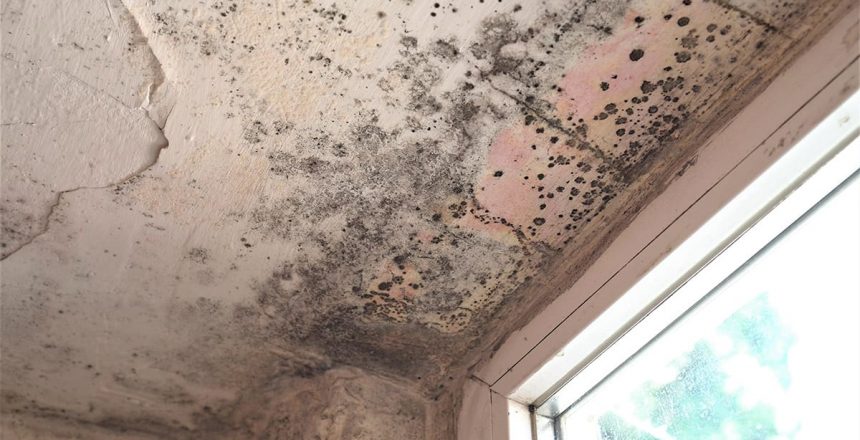Can mold grow on concrete, even if the construction is sound? Yes. Mold can grow almost anywhere, as long as the conditions are suitable. Areas that are warm, dark and damp, like kitchens or basements, are the most likely places you will find mold. It takes as little as 24 hours for mold growth to begin, so there is no time to waste before removal. Mold growth in your commercial building can be dangerous, both for the building and its inhabitants.
According to the Environmental Protection Agency, exposure to mold can cause a variety of health effects and symptoms, including allergic reactions. As the public becomes more aware about the dangers of mold, your responsibility to take the appropriate measures to prevent mold and remove mold become even more important.
Frankly, mold growth can happen virtually anywhere, as long as there is moisture and oxygen. Molds can grow on wood, papers, carpet, foods, and insulation. If your building has excessive amounts of moisture present, then mold growth is likely to occur. In an indoor environment, it is nearly impossible to remove all mold or mold spores, but by controlling the moisture, you can control the mold growth.
Over the last couple decades, building construction practices have changed. For instance, buildings today are more tightly sealed, and while that may come as an advantage in some areas, without proper ventilation more moisture will build up. Things that also lead to moisture problems include roof leaks, landscaping that angles water toward the building, unvented appliances, or delayed maintenance.
Prevention is always easier than removal, or restorations. Again, controlling the moisture means you can control mold growth. Leaks either from the outdoors or from plumbing need to be addressed as soon as possible. Condensation on pipes could be another cause for concern, as well as any wet spots around the plumbing.
Condensation can be eliminated by increasing surface temperatures, or by reducing moisture levels in the air. Insulation and air circulation will help increase surface temperatures, and using a dehumidifier will pull moisture from the air. With a dehumidifier, try to keep the humidity level at or below 50 percent.
Because air circulation is essential, regular HVAC inspections and maintenance will ensure that airflow throughout the building stays constant. Any obstructions need to be removed, and moisture-generating appliances need to be vented to the outside.
If mold has become a larger problem than you can handle, commercial mold remediation may be necessary. After performing a mold air test, you will know the contamination and whether you need to seal off the area before it spreads too far. Clearing all the mold can be difficult, but once the cleanup is finished, you need to be sure that growth will not happen again. This means cleaning all equipment nearby, maintaining clean air, and regularly inspecting the area.
Mold can grow anywhere, and the damage it can cause may lead to a need for proper restoration efforts. D.C. Byers Company/Grand Rapids can help prevent the growth of mold by recommending and installing many types of waterproofing membranes to protect your building.
To get a quote on your concrete restoration needs, call DC Byers Company/Grand Rapids today at (616) 538-7300. Our experience and expertise allow us to assess the damage correctly and plan how to perform the repairs to allow you to use your space properly.
For concrete restoration and repair, DC Byers Company/Grand Rapids looks at all the factors contributing to the deterioration of the concrete. By understanding the underlying problems, we can start working on the most satisfying and cost-effective solutions.
